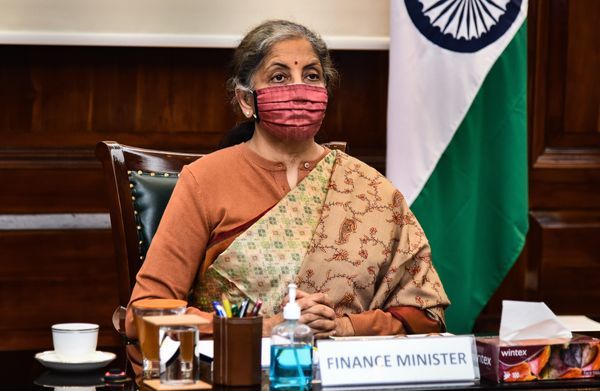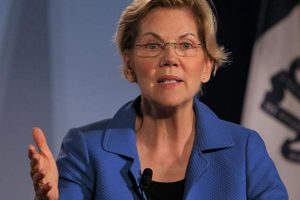The
Union Budget of India for the financial year 2021-22 will be presented by Finance
Minister Nirmala Sitharaman on February 1 and while it takes one day to
announce the document, months of efforts and discussions are put into its preparation.
While
preparing the budget for the largest democracy in the world, there are several
questions to answer. Whether to raise taxes or lower them? How and where to alter
the government expenditure? What to subsidise and what not?
So, here is how the Finance Ministry goes about making these monumental decisions
along with a panel of experts and prepares a document that becomes the
country’s budget for the year.
Who
makes the budget?
The
union budget is prepared by the Budget Division of the Department of Economic
Affairs in the finance ministry. It is the primary body responsible for collecting
data, formulating financial statements and produces the budget.
The
process, however, is a bit more comprehensive and goes through a process that involves
Ministry of Finance, NITI Ayog and various spending ministries. We’ll get to
that later in this article.
How
is the budget prepared?
The
process of budget preparation can be divided into three key steps involving
various ministries, NITI Ayog, and Ministry of Finance.
- Circular
to ministries
The
process starts with the ‘Budget Division’ issuing a circular to all the Union ministries,
State ministries, Union territories, departments, defence forces and autonomous
bodies containing
skeleton forms seeking details about
financial expenditures and receipts of their respective department during their
financial requirements for the past, current and coming financial year.
This process initiates in August-September.
- Consultation
between Union ministries and the Department of Expenditure
After ministries and departments submit their demands to the division, a
detailed consultation between the Department of Expenditure of the finance
ministry and Union ministries is held to discuss the accumulated data on
revenue and expenditures.
At the same time, the Department of Economic Affairs and Department of
Revenue holds a budget consultation with stakeholders like farmers, foreign
institutional investors, agriculturists, bankers, businessmen, economists, several civil society groups
among others.
These meetings are called ‘pre-budget consultation meetings’ and begins in
around mid December in various rounds of conversation.
- Final call by Finance Minister
One the pre-budget consultations are over, stances
are recorded and incorporated into a budget draft and final tax proposals are taken by Finance Minister in consultation with the country’s Prime Minister.
Once PM’s assent is received, the Budget is frozen
and becomes an official document, which, according to Article 112 of the
Constitution of India, is a statement of the estimated receipts and expenditure
of the government for that particular year.
Budget presentation
Once the budged is frozen, the Secretary General of the Lok Sabha (LS)
Secretariat seeks assent President’s approval after the LS Speaker gives
approval for the date proposed by the government.
On the pre-determined day, the Finance minister presents the budget in the
Lok Sabha and outline key points and proposals. He/She briefs the cabinet on
the budget proposals. This is called ‘summary of cabinet’ and is presented just
before the budget announcement.
The budget is then tabled in the parliament.







